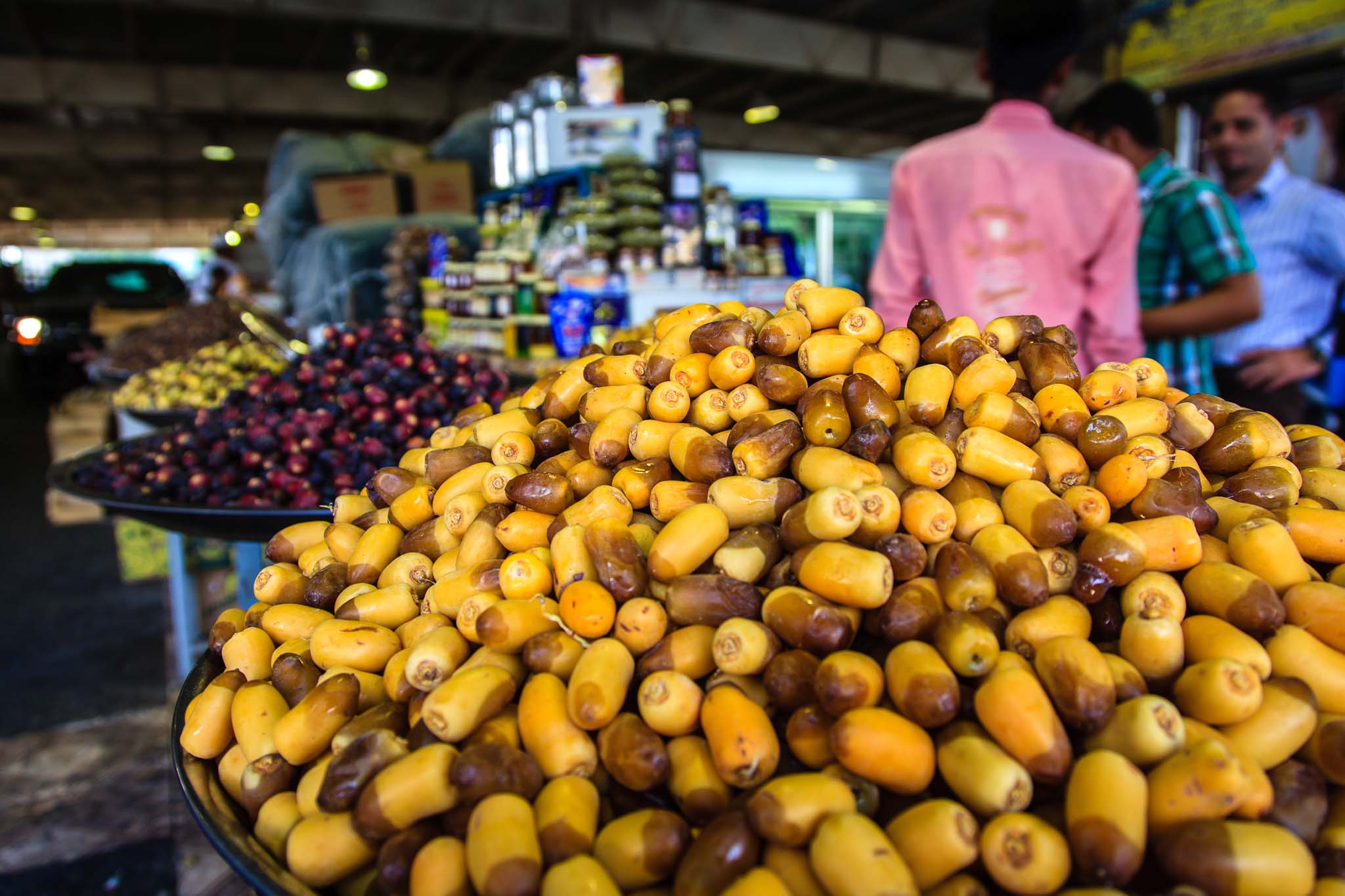
Though Qatar remains heavily reliant on imports to feed its growing population, the country has significantly increased the yield of locally grown produce and livestock in the past six years, according to new government figures.
Local farmers are producing more dates, cucumbers and green peppers in part due to an expansion in cultivated land since 2009.
But the largest increase by far has been in fodder for livestock, which has coincided with a dramatic jump in red meat and dairy product production, according to the latest agricultural report from the Ministry of Development Planning and Statistics (MDPS).
While Qatar’s dependence on imports is unlikely to change in the short term, government officials are still hoping that more of the nation’s food can come from inside the country.
In the report, MDPS officials stressed the strategic nature of farming here:
“The agricultural sector in Qatar is still at its first stages of development. This is due to scarcity of irrigation water, soil deficiency and adverse climatic conditions … The government is trying hard to develop this sector by offering technical assistance and materials subsidies to agricultural producers.”
What’s grown in Qatar?
In 2013, Qatar produced 741,566 tons of cereals, fruits, vegetables, meat, eggs, fish and dairy products, or the equivalent weight of more than half a million cows.
More than two-thirds of that was green fodder, which is primarily used to feed livestock. Production has increased by 73 percent between 2009 and 2013, from 331,101 tons to 574,207 tons.
The second-largest yield was milk and dairy products, the production of which increased by 65 percent from 35,609 tons in 2010 to 58,743 in 2013.

Meanwhile, date palm production was Qatar’s third-most common crop, with local farmers harvesting 31,182 tons in 2013, up 50 percent from 20,815 tons in 2009.
While food production and land under cultivation has increased in recent years, the amount of vegetables grown declined to 43,447 tons in 2013, down 3 percent from 44,746 tons in 2009.
The other food category to show a significant decline was fish. Qatar’s fish stocks have dwindled in recent years, leading to various fish farms and aquaculture research projects being proposed.
Some 12,005 tons of fish were harvested in 2013. While that’s up by slightly more than 700 tons over the previous year, it’s still down 15 percent over the 14,066 tons caught in 2009.
Self-sufficiency
Qatar is working to boost its food security through a combination of increasing domestic production as well as making investments and buying up farmland abroad.
Some critics say that increasing food production in Qatar comes at a steep financial and environmental cost, as the need to desalinate water can make growing crops and raising livestock an expensive proposition.
Nevertheless, the recent QDPS report suggested that efforts to produce more food in Qatar is working and that local farmers are feeding a growing share of the country’s ever-increasing population.

For example, it stated that the country grew nearly 24 percent of the fruits and vegetables consumed in Qatar in 2013, up from 15 percent in 2009.
Similarly, the country was 8.5 percent “self-sufficient” in meats in 2013, up from 6 percent in 2009.
On the other hand, Qatar’s reliance on imported fish, eggs and vegetables has increased during the same time period.
Earlier this year, financial advisory firm Alpen Capital reported that Qatar’s growing wealth meant shoppers were increasingly turning to pricier items in grocery stores such as meat, fruit and organic products.
It forecast that the amount of food consumed in Qatar would increase the fastest in the GCC.
Thoughts?







